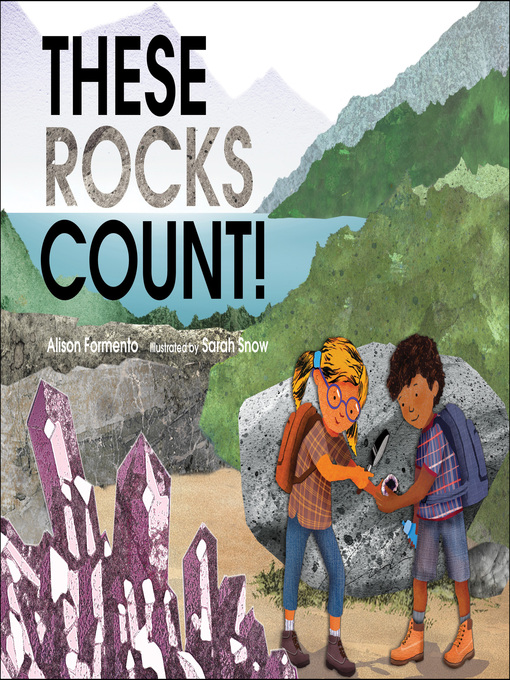Mr. Tate's class is about to learn that there's more to rocks than being dirty lumps on the ground. On this field trip they're visiting the rocky ridge mountains to learn about rocks. At first the children think rocks will be boring, but they soon learn that rocks are all around us in ways we might not expect—such as glass and toothpaste!
- What's new?
- No Wait YA eBooks
- Popular titles
- Check these out!
- No wait, no problems
- See all ebooks collections
- Whispers in the Dark
- No wait, no problems
- What's new?
- Popular titles
- Check these out!
- See all audiobooks collections




